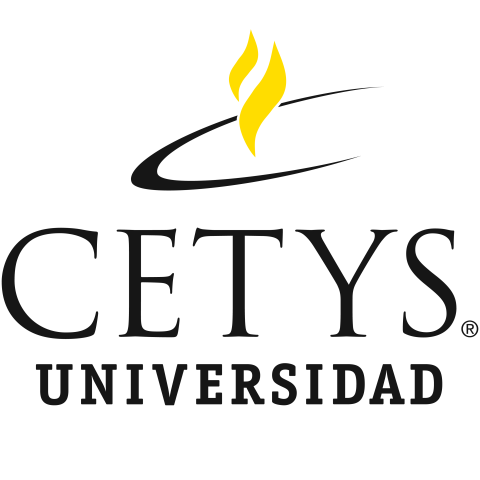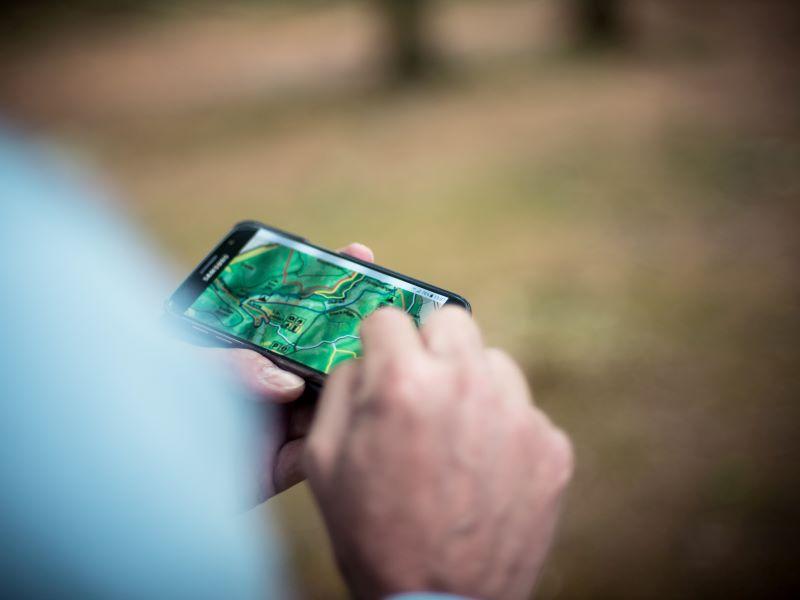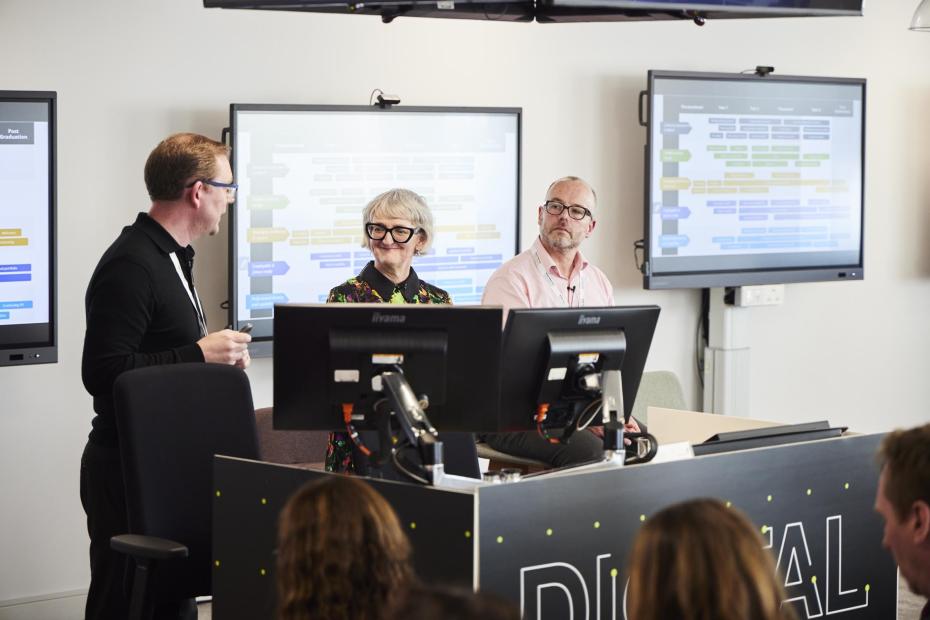
What is experiential learning and why is it crucial in today’s world?
A university is a place for constant innovation and learning. As such, those of us who work in education must renew our commitment to training people who can then face the complex challenges of the contemporary world. It is therefore necessary to provide a comprehensive education that promotes a culture of innovation and generates a significant impact in the community. We can achieve this through the transformative experience of experiential learning.
The students in our classrooms require learning processes that put them in contact with their environment through experiences that reflect lived experiences. These strategies promote students’ awareness of their environment and strengthen their sense of social responsibility. Teaching and learning that trains students to generate solutions is necessary. Thus, the active methodology of experiential learning can be a useful pedagogical response to global and regional challenges.
- Transforming the classroom through experiential learning
- A guide to using open educational resources: an experiential case study
- Experiential learning gives students invaluable workplace exposure
This article intends to present a methodology for such a learning experience, as well as its characteristics, its benefits and how the professor can participate in the teaching and learning process. Knowledge of this model will help guide students’ learning processes, providing them with opportunities to strengthen their abilities, skills, attitudes and moral values, all of which will help them participate actively and commit to their families, communities and civic life.
What is experiential learning?
Experiential learning is a formative process involving students physically, socially, intellectually, cognitively and emotionally in a concrete experience. These learning experiences can help with the development of skills, knowledge, behaviours and values, since it allows students to interact with the environment and (hopefully) find meaning in the learning object. Interacting with an environment allows students to witness, know and manipulate different situations to give meaning to the content seen in class. We can also work the opposite way – students can start from the experience and then return to the classroom and analyse what they have learned.
The experiential learning process has four elements: experience, reflection, conceptualisation and application. These elements can be presented in that order or interchanged depending on the class plan and the type of experience chosen.
Experience: The teacher must carefully select the experience or situation that best represents the learning object she wishes to teach. The case can be real, in a natural environment without modification, or the teacher can design it.
Reflection: Once the situation is defined, the students interact in the environment and later reflect on what they have learned. They should think about what they have experienced based on the thoughts, emotions or behaviours they observed during the situation.
Conceptualisation: Subsequently, it’s necessary for the professor to lead the students in a conceptualisation process, in which a comparison is made between the experience and theory or knowledge about the learning object.
Application: Once students understand what they have learned, it’s time to apply that knowledge. What has been learned can be helpful in solving specific problems in the environment studied or in similar situations. In the same way, the knowledge can be applied to design innovative action strategies or proposals for improvement.
Some examples of applications of experiential learning are:
− Real or simulated challenges
− Problem-solving inside and outside the classroom
− Disciplinary projects
− Multidisciplinary projects
− Linkage projects with the productive sector
− Community projects
− Mentoring programmes
− Internships
− Applied practices
− Design, implementation or participation in workshops
− Simulations: cases, role play
− Service learning
So how should professors work on and emphasise experiential learning? As experts in their disciplinary areas, professors design, facilitate and guide the didactic situations, allowing students to apply their knowledge and develop their skills through evaluation and timely feedback. Professors must design explicit didactic situations that encourage students’ autonomous work and encourage reflection on it to generate learning. They must also be able to select a context, a problem or a concrete reality rich in stimuli to motivate students to participate and learn from it.
Experiential learning is an active methodology in which students are the protagonists of their own learning. This learning should be dynamic and encourage proactive attitudes among students towards getting involved in the experiences that their professors indicate. As we know, getting students engaged from the beginning and having them take the initiative is challenging. This is why it’s so important for professors to find appropriate cases that will interest predominantly young students and put them in interesting, novel, helpful and dynamic situations.
Mónica Gárate is academic coordinator for the master’s in education at CETYS Universidad, Mexico.
If you would like advice and insight from academics and university staff delivered direct to your inbox each week, sign up for the THE Campus newsletter.




